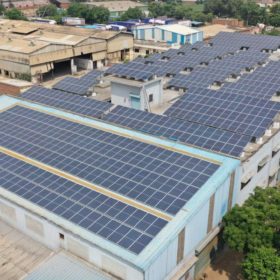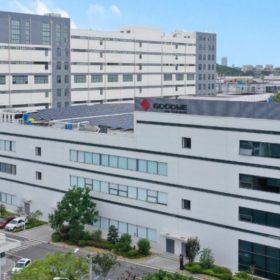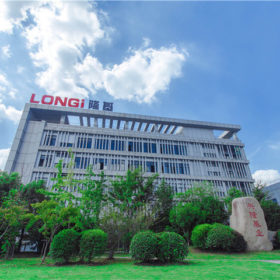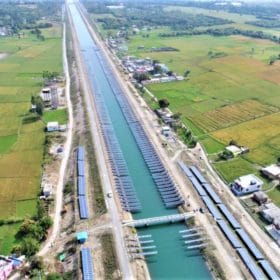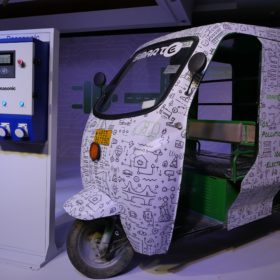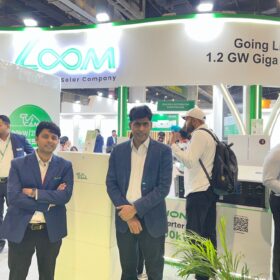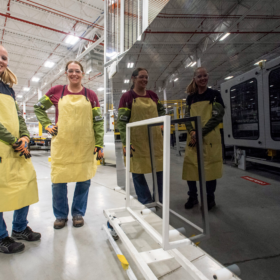India’s rooftop solar installation still dismal at 3.9 GW
Rooftop solar, at 3.9 GW, accounts for only around 10% of the cumulative grid-connected solar capacity installed by the nation as of February end this year.
How to protect rooftop solar systems from fire risk
Dutch research institute TNO has released a series of guidelines to reduce fire hazards in rooftop PV installations. The study follows a series of fire accidents that occurred between 2018 and 2020 in the Netherlands, for which the main causes were identified.
ABB hits 5GW milestone in delivering solar plant automation solutions in India
The company attributes this milestone to many significant solar power projects that it won across India for its utility-scale SCADA and string monitoring solutions.
The long read: Central Asia’s solar awakening
Uzbekistan is providing a model for solar development in Central Asia as it rolls out its first large-scale projects. With the support of multilateral financial institutions, the government is prioritizing its electrical infrastructure as it pursues economic development goals. And as Amjad Khashman reports, the engagement of developers from fossil-fuel- rich neighbors in its solar projects points to a bright, renewable future for the region.
GoodWe is the biggest rooftop solar inverter supplier in India
The Chinese manufacturer commanded a 17% share of the total 3268 MW of rooftop PV inverter shipments in India in the January-December 2020 period.
Hitachi ABB Power Grids wins INR 124-crore order
The company has bagged an order from an aluminium producer to strengthen the power infrastructure at its plant in Chhattisgarh.
Solar tariffs could rise about 20% due to customs duty
The installation cost is set to increase as a 40% customs duty on solar modules, and 25% on cells, comes into effect from next year.
LONGi Solar was India’s biggest module provider in 2020
The Chinese manufacturer shipped over 1,500 MW (DC) of modules last year, accounting for a 15.6% share of the total 9,478 MW module supplies in the nation.
Solar arrays on canals
Canal-top solar installations make an attractive proposition for India as these provide renewable electricity for farming activities without consuming the land. Such projects also lead to canal water savings due to reduced evaporation. However, their high cost compared to ground-mount remains a concern.
Indian electric rickshaw market could hit US$1.4 billion by 2025
The electric rickshaw market would grow at 33.3% annually over five years to touch $1,394.2 million by 2025.
